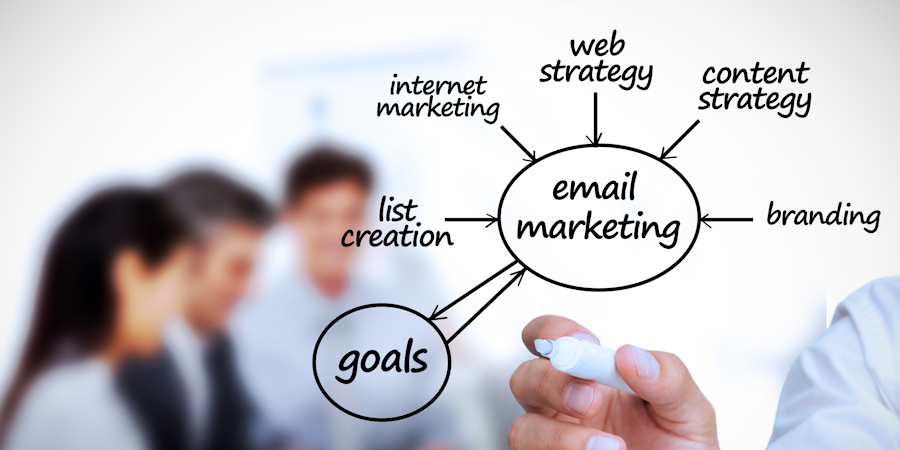
If you’ve ever signed up to one of those American internet marketers’ lists, you’ve probably been alarmed by the at least daily emails you’ve received. You definitely don’t want to do that to your list – do you?
The answer is – that depends on the content of the email.
When someone signs up to your list they’ve said ‘I am interested in [insert your area of expertise]’. That means they have a need or think they’re likely to have one in the future.
Providing the sign up process made it very clear what you’re offering, that means that they are hot (or at least warm) prospects. If someone called you up and said ‘I’m interested in knowing more about what you can do for me/my business’, would you have a conversation and then do nothing? Of course not.
Sending a daily email after someone has signed up to your list is OK, providing there’s great value in it. The successful formula many email marketers use is:
Thank you email immediately, followed up with emails on day 1, 2, 4 and 5. Then at longer and longer intervals.
Content
Because the contact has been digital, that doesn’t mean you don’t need to deliver more great value to them.
There are two elements that will put your emails – and future emails – into the ‘read’ category, instead of the delete, delete, delete category.
- Style: conversational and reader-focused works better than sales pitch or formal and distant.
- Substance: every message should contain valuable information, whether that’s a tip, advice, a link to an article or a free download – as well as any offer you’re making.
People ‘buy’ people – so it’s important that you develop a style that sounds as though you’re having a chat with them. It doesn’t matter how big your organisation is, the message is from an individual. You can’t have a conversation with a corporation, so talk to your reader on a personal level.
- Understand their needs, their wants and what’s important to them.
- Get to grips with their problems.
- Know what keeps them awake at night.
Then empathise with them, let them know you appreciate what it’s like to be in their shoes. Better still, if you’ve had similar experiences, tell them your story too – as long as you can relate it to benefits for them.
Timing
Whether you’re writing a one-off campaign or a series of evergreen autoresponders, they need to be delivered appropriately. And to do that you need to know your audience well.
If you’re writing to customers who are buying for themselves, think about when they are most likely to be looking at personal email. Lunchtime, on the journey home, after the kids go to bed? If you’re aiming at a business audience, then probably during their normal working hours, although there’s also a case for targeting commuting time as, now most people are still in work mode during their travel time.
The wisdom is that the best day to send email marketing is Tuesday mid-morning, followed by Thursday and then Wednesday. However, mid-afternoon can also work. If you’re targeting business owners who are busy during the morning, an afternoon email might work better.
Also, it’s worth testing Monday and Friday. Often people are more relaxed on Fridays and, if everyone else is targeting midweek, you might stand out if your email arrives on a different day to everyone else’s.
The secret is test, review results and test again.
Call to action
There’s a sliding scale from pushy sales to dare not ask for action. You’re aiming for somewhere in the middle! Deliver good stuff first, your friendly conversational engagement, give them some value or access to something of value, make your offer and then tell them the problems this will solve for them. Reiterate your ‘do this now’ message and sign off.
It always astonishes me how many people forget to ask for action. Even on website, there are pages that give you information, but don’t’ then tell you what to do next. It’s missing an opportunity.
If you use this approach for your email marketing, you’ll find it helps to nurture potential clients and build that essential know, like and trust foundation.
